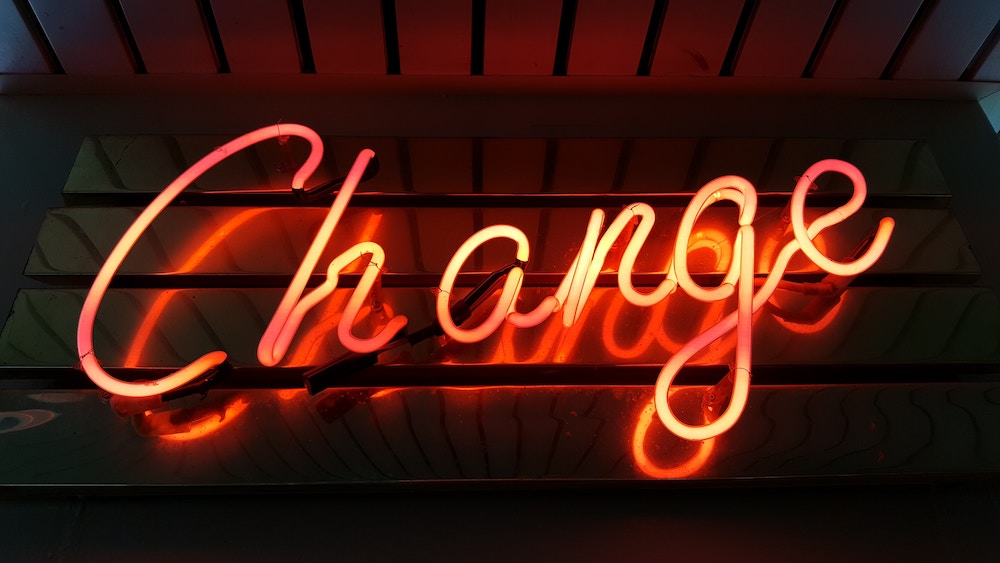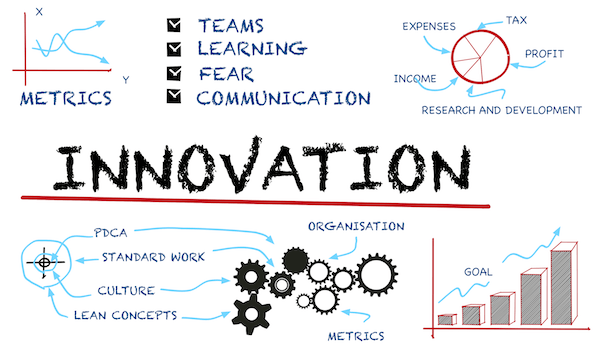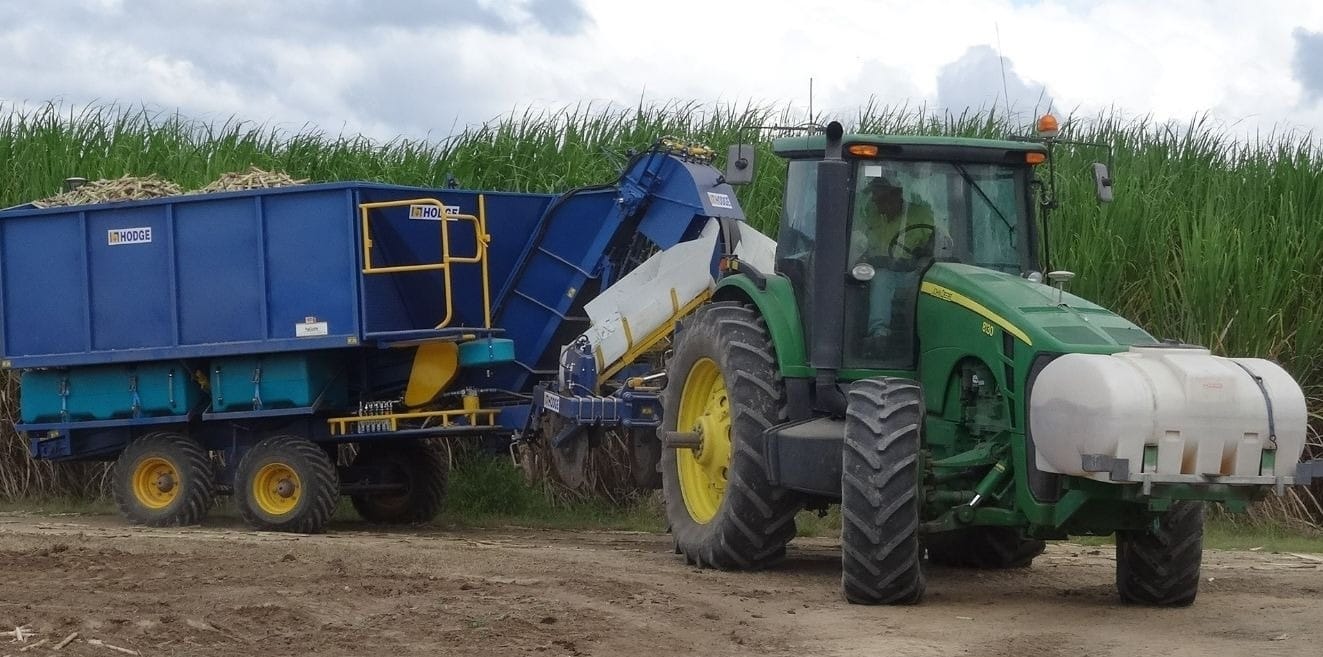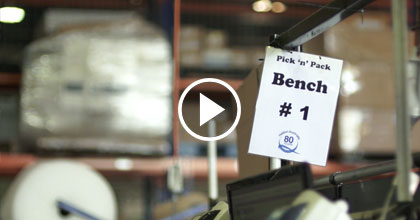How to Develop a Culture of Innovation

When working with many organisations, we are often asked about how we can develop more innovation ideas. Governments around the world are supporting innovative programmes to advance an organisation’s competitive position. So innovation is what we should all be doing, but what is it?
Any new method, idea, product or process can be defined as innovation. However, innovation is not a one-step action. Successful innovation requires a series of key steps linking together over time. New design projects know this well such as the Google car project or Space X’s Falcon 9 Rocket. However, from a Lean viewpoint, we are always trying to test new ideas and thinking. We see the key element to becoming a more innovative company is to start with creating the right culture that will support the generation of new ideas and provide new learning outcomes continuously.
So What Does The Right Culture Look Like?
From company to company this can vary however there a few consistent indicators of innovation:
• Loyal employees who are encouraged to think and plan
• Individuals that think creatively about their tasks, products, and service
• Proven projects that set new directions
• Using lean concepts to create continuous improvements
• Making use of workplace teams that are motivated towards goals
How Do We Improve Culture?
The way each person thinks and takes action defines what an organisational culture is like. While we cannot achieve the same results as Toyota, most organisations do not need to be another Toyota or have to rebuild their organisational culture completely. What is often needed is an adjustment or slight change to their existing culture – like turning a bend in the road.
How Do We Make Such a Change?
Innovation is about the need to get ideas flowing, and the best way to do this is by learning while doing. There are several approaches an organisation can take in order to adjust culture:
1. Having a systematic method for the elimination of waste based on the Lean concepts, initially developed by Toyota and further developed by Jim Womack. This knowledge allows for critical thinking based on finding solutions to eliminate or reduce waste in all activities. Implementing Lean systems is an excellent starting point to develop individual skills, teamwork, and modifying behaviours.
2. Creativity can often be extinguished when team member,s contributions are not appreciated, or even worse when their leaders limit “risk-taking” of new ideas. In a culture of innovation, leaders are charged with the responsibility to introduce new ideas, to make daily improvements into the work and support the behaviours of team members.
3. If you do not measure it, it does not get done. Having key visual metrics allows for comparisons to baseline data and aids efficient implementation when results are achieved, and ideas are tested based on facts.
4. Defining Standard Work – Innovation requires a clearly define a starting point and having standard work provides this. Standard work records those tasks required to complete the work as a regular part of business. Using standards is an excellent starting point for exploring new ideas.
5. Apply Plan Do Check Act Cycle (PDCA) to new ideas – The cornerstone for any improvement is by following a simple model. Small iterative tasks build towards the end state. PDCA is a process that holds actions together and provides structure to new ideas that come from within the organisation.
While these approaches are needed to improve the culture in an organisation, there are also supportive conditions that can assist.
1. Learning – empowered teams consistently produce the best outcomes because they understand the value of learning from both internal and external sources to accomplish their work. Internal learning is from the built up knowledge of past projects, tested ideas and lessons learnt. External training helps to keep individuals learning in their relevant fields to maintain up to date qualifications. A supportive approach to learning greatly improves creativity, helpful behaviours across an organisation.
2. Teams – Teamwork is a critical component for innovation. When ideas are explored together, it becomes faster to process ideas, help share the risks, and helps us to learn from each together. Teamwork allows for the development ideas “Ten heads are better than one”, and allows a degree of leveraging of different viewpoints. Studies also show us that diversity is a key driver for innovation and workplace teams help us with this.
3. Reducing Fear – Trying new things is fearful. Have you ever tried a Zip-lining? That feeling of fear the first time you step off the edge of the platform reduces over time as you adjust to the new experience. Innovation is also about testing new things for the first time just like standing on that edge. Supporting and encouraging each other without criticising is a critical skill in reducing fear.
We cannot let the fear of failure prevent ideas coming forward – “Expose yourself to lots of different ideas and try lots of different approaches, on the grounds that failure is common.” says Tim Harford author of “Adapt: Why Success Always Starts With Failure” 2011. Without failure, we cannot learn, and the best ideas are often carved out of failed projects.
4. Communication – It is always said but rarely seen in practice that innovation demands good communication which leads to developing stronger relationships across the team. Those organisations that take the time developing strong lines of communication are more successful, build up trust, increase employee satisfaction and can then make full use innovative ideas to increase productivity and solve problems.
Conclusion
All of these elements working together help organisations achieve the right culture and are more likely to make use of available grants, lean concepts and support new ideas. To develop more innovative ideas within your business start by looking at your organisation culture and what actions are you taking to improve that workplace culture.







